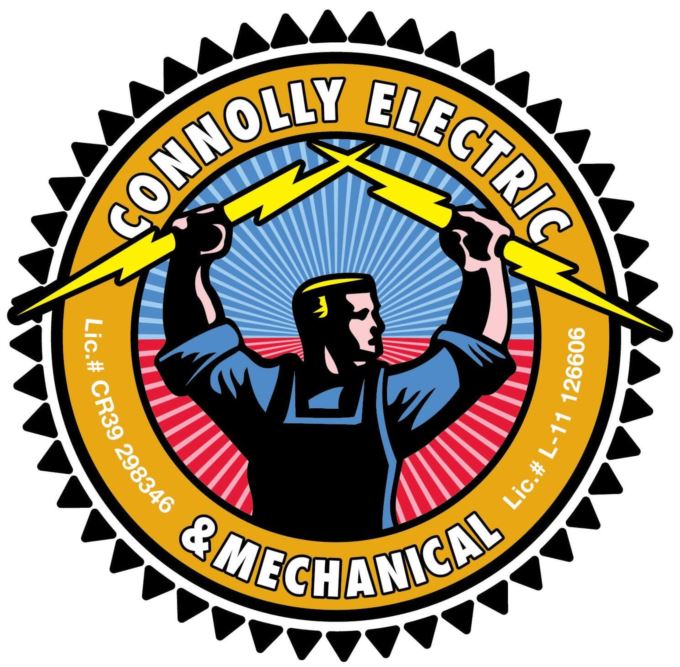Everyone’s always looking to save money on their utility bills, but it turns out there’s a way to lower energy use, even when you’re not even home.
It starts with your thermostat. By learning more about its special features and settings, you can structure its daily schedule around your personal preferences. This means establishing various temperature settings for when you’re home, away or even when you’re sleeping.
If you’re willing to make these adjustments, you can enjoy comfy temperatures while cutting down your energy bills. Here are some ways your thermostat can be a source of energy savings:
While at Home
When you’re home, you want to enjoy a comfortable temperature. It’s only natural to want your thermostat lower in the summer while inside to appreciate the cool air.
But in terms of energy efficiency, the best range for the summer is actually around 78 and 80 degrees Fahrenheit. This way, you’ll avoid the worst of summer while keeping your energy bill more manageable.
While Away
When it comes to setting the temperature for whenever you’re gone, it’s extremely common to move the thermostat higher than normal.
Depending on the local climate or your home’s location, you can set the temperature as high as 88 degrees while no one is home before lowering it back to the sweet spot of 78-80 degrees when you or a family member return. This way, your air conditioning won’t have to work constantly to keep an empty house cool.
While Asleep
When it comes to sleeping in the summer, you want your thermostat set at a comfortable temperature. You should try and keep things between 68-72 degrees Fahrenheit. This will keep you from getting too hot or too cold while you’re trying to sleep.
Other Strategies for Lowering Energy Use:
- Put in a smart thermostat: Using a smart thermostat in the summer can lower energy costs as it forms temperature schedules according to your lifestyle and personal preferences. A smart thermostat manages the temperature if you are home or sleeping, while allowing it to get warmer when the house is empty. Using reputed brands and models such as the Lennox iComfort, you are able to adjust settings and schedules through your smartphone, tablet or laptop. Scheduling smart thermostat installation in your Cottonwood & Prescott home is an effortless way to set the correct temperature no matter where you are.
- Update your existing HVAC system: Upgrading your HVAC system can save money in the long run. If a system boasts high energy efficiency, lower utility bills won’t be far behind since it requires less energy to heat and cool your home. Air conditioning installation in Cottonwood & Prescott is a breeze for experienced professionals like Connolly Electric & Mechanical.
- Keep up with AC maintenance: Whether or not you keep up with regular air conditioning maintenance in Cottonwood & Prescott can have a significant impact on your utility bills. With regular cleaning of the coils, checking for damage and clearing ventilation of dust and debris, this can help your HVAC system perform better during day-to-day use.. Higher energy efficiency will also reduce strain on key parts and lowers operational costs, lowering total energy use and eventually the total monthly bill.
- Clean or replace the air filter on a regular basis: Cleaning or replacing the air filter regularly saves money by keeping airflow as smooth and consistent as possible. When filters are clogged with dirt and debris, your air conditioner will have to work harder, and the strain can reduce the system’s life span and lead to breakdowns.
- Check your attic insulation: Insulation is a crucial component for any energy-efficient home, securing the hot air outside and the cool air inside during the summer. The North American Insulation Manufacturers Association (NAIMA) suggests that homeowners living in southern climates should possess at least 13-14 inches of insulation, while colder climates do better with 16-18 inches.
- Inspect your ventilation: Leaky ductwork can raise your energy bills much more than 20 percent, plus it can also lead to problems with your water heater, clothes dryer and other appliances to get into the atmosphere of your home. Watching for signs of leaks and sealing them can address both concerns.
- Seal all other leaky spots in your home: Sealing leaky spots in your home with caulk, foam sealant or weather-stripping helps keep things cooler during those hot summer days. You should also check for any gaps around windows, doors and even outdoor fixtures. Devoting time and effort to sealing leaks now can help you save a lot in the long term.




